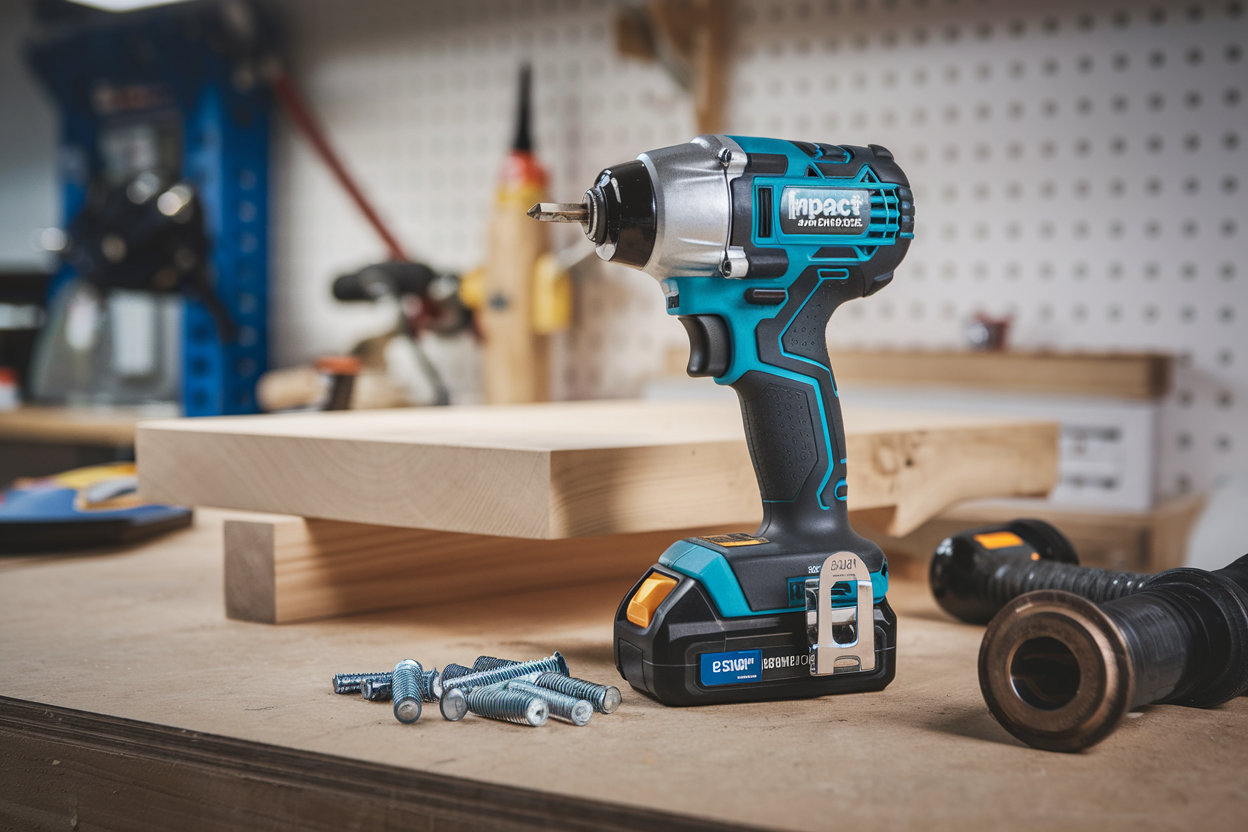
Have you ever wondered how to make the most out of your impact driver?Let me guide you through the essential techniques and common questions, so you can master this versatile tool.
An impact driver is primarily used for driving screws and bolts into tough materials, offering powerful torque and high efficiency for professional applications.
If you've ever struggled with stripping screws or breaking bits, knowing how to use an impact driver effectively1 could transform your workflow. Let's explore how to use it correctly and safely.
What is the Most Common Use for an Impact Driver?
Impact drivers2 are indispensable for tasks requiring high torque. They’re most commonly used to drive long screws, tighten bolts, and work on heavy-duty projects like building decks or assembling furniture.
An impact driver is best for driving screws into dense materials like wood or metal, where regular drills often fall short.
When to Use It:
- Building decks: Ensures screws penetrate thick wood efficiently.
- Assembling heavy furniture: Handles high-torque demands with ease.
- Construction projects: A must-have for framing and structural work.

Pro Tip:
Match your impact driver bits to the task at hand. Using incompatible bits can lead to stripped screws or tool damage.
How to Correctly Use an Impact Driver?
Mastering an impact driver involves proper handling, bit selection, and knowing when to use torque settings.
To use an impact driver, hold it firmly, align the bit with the screw, and apply steady pressure while engaging the trigger.
Step-by-Step Guide:
- Choose the right bit: Ensure it fits snugly with the screw head.
- Secure your material: Clamp the workpiece to prevent movement.
- Apply firm pressure: Keep the driver steady and aligned to avoid stripping.
- Adjust speed settings: Use lower speeds for delicate materials and higher speeds for tougher jobs.
| Step | Action | Why It's Important |
|---|---|---|
| Select the bit | Match the screw head size. | Prevents stripping or damage. |
| Steady pressure | Keep driver aligned. | Ensures precision and efficiency. |
| Adjust speed | Optimize for material type. | Protects both tool and material integrity. |
Do You Need to Drill Pilot Holes When Using an Impact Driver?
This depends on the material. For softer woods, you can skip pilot holes, but for hardwoods or precision projects, they’re crucial.
Drilling pilot holes can help prevent wood splitting and ensure screws are seated cleanly.
Can You Use an Impact Driver for Everything?
Impact drivers are versatile but not universal. They excel in driving screws but aren't suited for precise drilling tasks.
While impact drivers are powerful, they lack the finesse needed for delicate tasks like precision drilling.
Can I Use an Impact Driver to Drill into Concrete?
No, impact drivers are not designed for drilling into concrete. For such tasks, use a rotary hammer or hammer drill instead.
An impact driver lacks the hammering action required to penetrate concrete effectively.
Conclusion
Impact drivers are powerful, versatile tools for driving screws and bolts, but they aren’t universal. Mastering their use will enhance your efficiency and prevent common mistakes, ensuring professional results every time.







